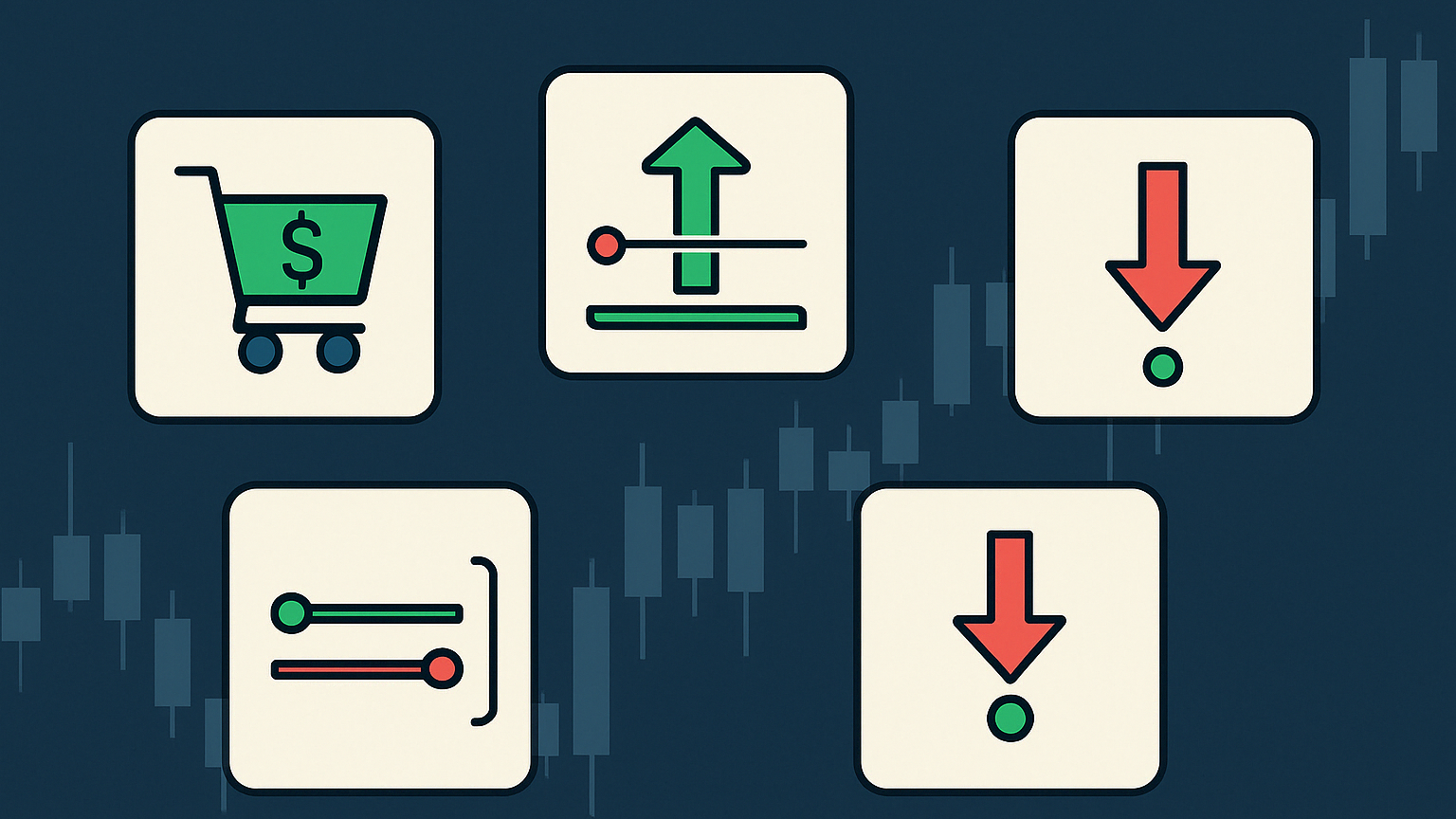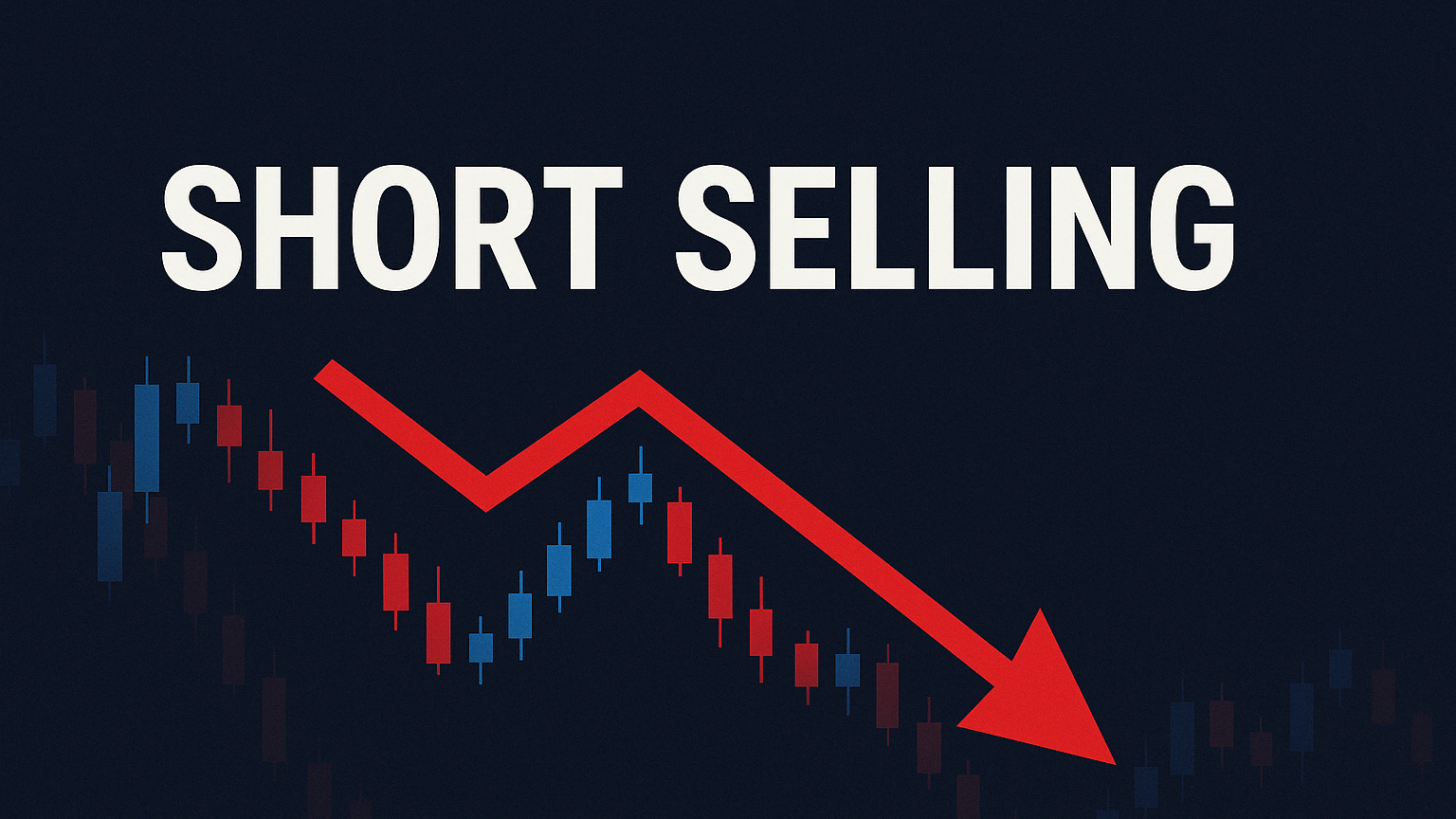Understand the Put/Call Ratio as a key indicator of market sentiment, highlighting bullish and bearish trends for better trading decisions.
The Put/Call Ratio (PCR) is a simple yet powerful tool for understanding market sentiment. It compares the volume of put options to call options to indicate whether investors are feeling bearish or bullish. Here’s what you need to know:
- What It Measures: PCR > 1.0 signals bearish sentiment, while PCR < 1.0 suggests bullish sentiment.
- Key Levels:
- Below 0.6: Excessive bullishness (possible market top).
- Above 1.2: Excessive bearishness (possible market bottom).
- How It’s Used: Often a contrarian indicator, extreme PCR levels can hint at market reversals. Combine it with tools like RSI for better accuracy.
- Typical Range: For equity markets, PCR values usually fall between 0.5 and 1.3, with an average around 0.7.
This indicator works best with major indices or highly liquid stocks and should be paired with other analysis tools for reliable trading decisions.
Reading the Put/Call Ratio
Standard Ratio Values
The Put/Call Ratio (PCR) measures market sentiment by comparing the volume of put options to call options. In most cases, PCR values fall between 0.5 and 1.3. A ratio of 1.0 suggests a neutral market stance, with an equal number of puts and calls. For equity markets, a PCR near 0.7 often serves as a reference point for gauging sentiment.
Here's a quick breakdown of PCR ranges and their interpretations:
| PCR Range | LuxAlgo Market Sentiment Indicator | Interpretation |
|---|---|---|
| Below 0.6 | Excessively Bullish | Could signal a potential market top |
| 0.6 – 0.7 | Moderately Bullish | Reflects typical bullish activity |
| 0.7 – 1.0 | Neutral | Balanced activity between puts and calls |
| 1.0 – 1.2 | Moderately Bearish | Reflects typical bearish activity |
| Above 1.2 | Excessively Bearish | Could signal a potential market bottom |
These benchmarks are useful for spotting extreme conditions that might hint at market reversals.
Extreme Readings as Reversal Signals
When PCR values reach extreme levels, they often act as contrarian indicators. For example, a ratio above 1.2 suggests overly bearish sentiment, while readings below 0.6 indicate excessive bullishness, which could precede market corrections. This is particularly relevant since option buyers lose around 90% of the time. Such extremes are often linked to upcoming market reversals.
Limits and Common Mistakes
It's important to note that large institutional trades can skew the PCR, making it less reflective of actual market sentiment. Additionally, the PCR doesn't clarify the intent behind options trades - some may be part of hedging strategies, leading to potential misinterpretations.
PCR works best when applied to major indices, large-cap stocks with active options markets, or highly liquid securities. Its accuracy decreases for smaller stocks with limited options activity. Combining PCR with other technical tools can provide more reliable market insights.
Trading with the Put/Call Ratio
Entry and Exit Timing
Timing your trades effectively often hinges on watching specific Put/Call Ratio (PCR) signals. Here's a quick breakdown:
| Market Condition | PCR Signal | Suggested Action |
|---|---|---|
| Extreme Fear | Above 1.23 | Look into long positions |
| Extreme Greed | Below 0.72 | Consider short positions |
| Neutral Zone | 0.72–1.23 | Wait for more signals |
For example, in October 2023, a noticeable spike in the CBOE PCR reflected extreme fear, which occurred just before the market hit a bottom. These signals can serve as a foundation for further analysis when paired with other technical tools.
Multi-Indicator Analysis
PCR works best when combined with other indicators. Here are some useful pairings:
| Primary Indicator | Secondary Indicator | What It Confirms |
|---|---|---|
| PCR > 1.0 | RSI < 30 | Strong bullish entry |
| PCR < 1.0 | RSI > 70 | Strong bearish entry |
| PCR Moving Average | Price trend | Confirms market trend |
This approach ensures you’re not relying solely on PCR but using it alongside tools like the RSI or trend analysis for more reliable signals.
Market Examples
Historical cases show how PCR can guide trading decisions:
- 1999–2000 Tech Bubble: Excessive call buying warned of a downturn in tech stocks, which led to a major market correction.
- August 2022: The PCR's 20-day moving average displayed a pattern of lower highs since October 2011, signaling a buying opportunity.
- 2015 Market Fears: A rare PCR reading of 3.77 marked a contrarian chance during heightened market anxiety.
What You Need to Know About the Put-Call Ratio
Advanced Put/Call Ratio Methods
Advanced techniques take basic PCR interpretations a step further, offering sharper insights into market sentiment.
Market Sector Analysis
Different types of PCRs cater to specific analytical needs:
| PCR Type | Description | Primary Use Case |
|---|---|---|
| Total PCR | Includes index options | Gauges overall market sentiment |
| Equity-Only PCR | Excludes index options | Focuses on speculative sentiment |
| Sector PCR | Sector-specific options | Analyzes sentiment within specific sectors |
For a clearer view of speculative activity, the equity-only PCR is a better choice since it filters out distortions caused by hedging activities. During times of sector rotation, comparing PCRs across various sectors can reveal how investors are shifting their positions.
To go deeper, trend smoothing methods can make PCR signals easier to interpret, especially when analyzing shifting market trends.
Moving Average Signals
Between 2007 and 2022, the CBOE's put/call ratio averaged 0.97, which serves as a helpful reference point for traders.
Key thresholds for moving averages:
| Moving Average Period | Signal Type | Action Threshold |
|---|---|---|
| 10-day MA | Short-term trend | Above 1.23: Indicates extreme fear |
| 20-day MA | Medium-term trend | Below 0.72: Indicates extreme greed |
| 52-week range | Long-term context | Compare current MA to historical highs and lows |
By tracking the 52-week highs and lows, you can place current PCR readings in a historical context to better understand market dynamics. Traders often spot major market reversals when PCRs hit extreme levels.
For the best results, combine PCR moving averages with other momentum indicators. Since about 90% of options buyers typically lose money, PCR signals should always be part of a broader analysis rather than the sole decision-making tool.
Summary
Main Points
The Put-Call Ratio (PCR) serves as a key indicator of market sentiment. A CBOE average near 0.97 and an equity baseline around 0.7 are common reference points. Deviations from these levels can highlight shifts in market sentiment. For example, during approximately 5% of trading days between 2007 and 2022, the ratio went above 1.23 (indicating extreme fear) or dropped below 0.72 (indicating extreme greed). These extreme readings often occurred before major market reversals.
Implementation Steps
To incorporate PCR analysis into your trading approach, follow these steps:
| Step | Action | Key Consideration |
|---|---|---|
| Baseline Analysis | Compare the current PCR to the 0.97 average | Use benchmarks to identify potential reversals |
| Market Context | Focus on highly liquid stocks or ETFs | Prioritize active options markets |
| Risk Management | Watch for thresholds: >1.23 (fear) or <0.72 (greed) | Look for signals of extreme sentiment |
For more precise speculative insights, consider using the equity-only PCR. Keep in mind that each asset may have its own typical PCR range. Combine PCR analysis with other technical and fundamental tools to support well-rounded trading decisions. Remember, PCR is often viewed as a contrarian indicator, making it most effective when used as part of a broader trading strategy.






